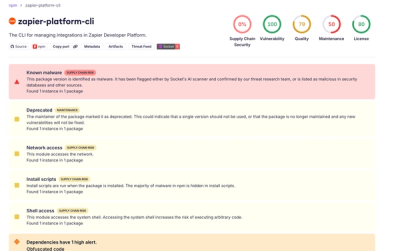colorgrad
Quick and easy linear color mappings

The node module color is a better module for most things. Building out linear luminosity increases and decreases was needed for my project so I wrote this thing. If you have a central color or end point colors and want a color map array which linearly increases or decreases away from it, this is a helpful module. It also does't care if you chuck in rgb or hex, it just spits out whatever you put in. If you put in one color it just marches nshade number of steps towards the luminosity increase factor you set in the options (or 100% for default). If you stick in two colors it finds the right mapping of color to get from one to the other in nshade steps. For example:
var cg = require('./colorgrad')()
var cops = {
"lum": -1
, "nshades": 10
, "type": "linear"
}
var cglwr = cg.colorgrad('#0000FF', '#FFFFFF',cops)
var cgupr = cg.colorgrad('#FFFFFF', '#FF0000',cops)
cglwr.pop()
var c = cglwr.concat(cgupr)
console.log(c)
which outputs
[ '#0000ff',
'#1c1cff',
'#3939ff',
'#5555ff',
'#7171ff',
'#8e8eff',
'#aaaaff',
'#c6c6ff',
'#e3e3ff',
'#ffffff',
'#ffe3e3',
'#ffc6c6',
'#ffaaaa',
'#ff8e8e',
'#ff7171',
'#ff5555',
'#ff3939',
'#ff1c1c',
'#ff0000' ]
Right now the only style of progression is linear, though I would like to implement exponential and square root.
The defaults are nshades = 100, type = linear, lum = 1.
The lum option sets the percentage total luminosity increase. The luminosity step size is lum / number of steps. For rgb input it would look like:
var ops = {
"lum": 10
, "nshades": 10
}
var cga = cg.colorgrad([10,10,10], ops)
console.log(cga)
which outputs
[ [ 10, 10, 10 ],
[ 21, 21, 21 ],
[ 32, 32, 32 ],
[ 43, 43, 43 ],
[ 54, 54, 54 ],
[ 66, 66, 66 ],
[ 77, 77, 77 ],
[ 88, 88, 88 ],
[ 99, 99, 99 ],
[ 110, 110, 110 ] ]
Install
$ npm install colorgrad
You can put colorgrad in the browser using browserify




